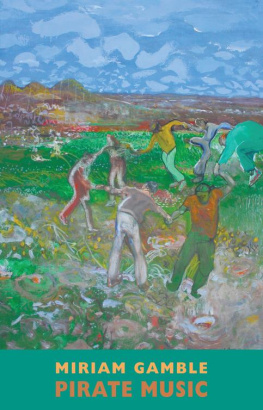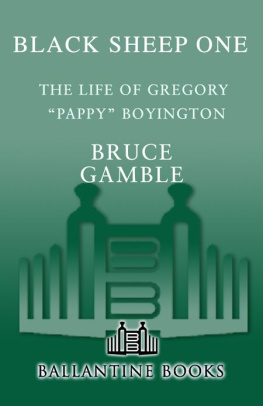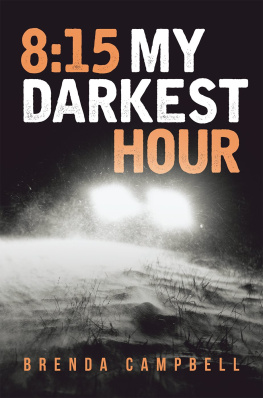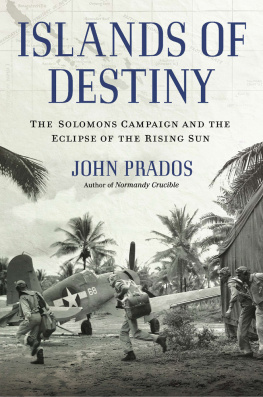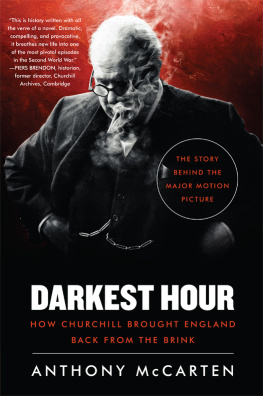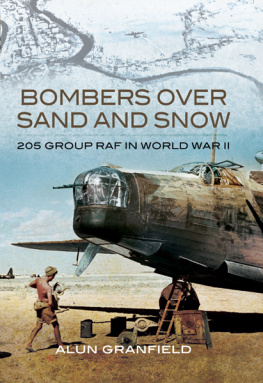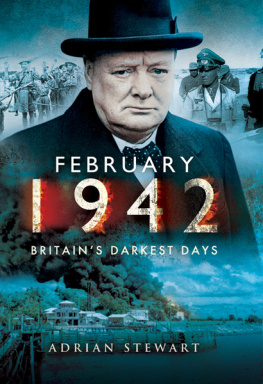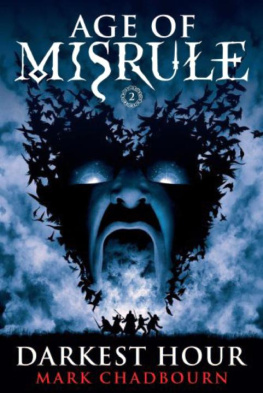Praise for Invasion Rabaul
Author Gamble pored over forgotten files and official reports and conducted interviews with the handful of surviving veterans to craft this tragic, heroic story. A terrific tale about a little-known (to Americans) battle.
WWII History magazine
With vivid, compassionate and precise prose, Bruce Gamble brings to light and life the overlooked story of gripping adventure and immense tragedy that enveloped Lark Force, the Australian garrison at Rabaul in 1942.
Richard B. Frank, author of Downfall: The End of the Imperial Japanese Empire
Bruce Gamble writes this historic story as if he were an eyewitness to the events. It is a most compelling and entertaining tale that shows the courage, sacrifices and horrors of war first hand. The writing is top-notch and goes beyond a mere reporting of what happened. It captures the heart and soul of that time and place. Reading this true story will change you; you cannot help but be moved by what happened to these men and women.
W. H. McDonald Jr., founder, Military Writers Society of America
Exhaustively researched and descriptively written, Gambles narrative is rich in detail but yet still easy to read. Pick up a copy, settle into your favorite chair, and be careful not to get lost in the wild growth of the South Pacific jungles.
World War II Database
The author takes a grunts-eye view of not just the battle, but its horrid aftermath for POWs.
World War II magazine
INVASION
RABAUL
THE EPIC STORY OF LARK FORCE,
THE FORGOTTEN GARRISON, JANUARYJULY 1942
BRUCE GAMBLE
Author of Fortress Rabaul
and Target:Rabaul

For Rachel Gamble, and Ian Gamble, and all the Diggers
First published in 2006 as Darkest Hour by Zenith Press, a member of Quayside Publishing Group, 400 First Avenue North, Suite 400, Minneapolis, MN 55401 USA
2006, 2014 Zenith Press
Text 2006 Bruce Gamble
All rights reserved. With the exception of quoting brief passages for the purposes of review, no part of this publication may be reproduced without prior written permission from the Publisher. The information in this book is true and complete to the best of our knowledge.
Zenith Press titles are also available at discounts in bulk quantity for industrial or sales-promotional use. For details write to Special Sales Manager at MBI Publishing Company, 400 First Avenue North, Suite 400, Minneapolis, MN 55401 USA.
To find out more about our books, join us online at www.zenithpress.com.
Digital edition: 978-1-62788-131-9
Softcover edition: 978-0-7603-4591-7
Library of Congress has Cataloged the first edition of this book as follows:
Gamble, Bruce.
Darkest hour : the true story of Lark Force at Rabaul - Australias worst military disaster of World War II / By Bruce Gamble.
p. cm.
Includes bibliographical references and index.
ISBN-13: 978-0-7603-2349-6 (hardbound w/jacket)
ISBN-10: 0-7603-2349-6 (hardbound w/ jacket)
1. Australia. Australian Army. Australian Imperial Force (1940-1947). Infantry Battalion, 2/22ndHistoryWorld War, 1939-1945. 2. World War, 1939-1945Regimental historiesAustralia. 3. World War, 1939-1945CampaignsPapua New GuineaRabaul. 4. World War, 1939-1945Prisoners and prisons, Japanese. 5. Prisoners of warAustralia. 6. World War, 1939-1945AtrocitiesPapua New GuineaRabaul. 7. Montevideo Maru (Ship) I. Title. D767.813.G35 2006
940.5426585dc22
2006029035
Layout: Jennifer Maas
Cover design: Kent Jenson
On the cover: Rabaul under attack. National Archives
CONTENTS
ACKNOWLEDGMENTS
I first learned about Rabaul almost forty years ago, at the age of eight, when I discovered my parents large, heavy copy of Lifes Picture History of World War II. I spent many hours looking at that book, which included a dramatic photograph of Rabaul and Simpson Harbor under attack by American carrier planes. I also remember hearing one of my relatives, Uncle Johnny, mention Rabaulby far the toughest target he flew against as a navigator in B-17s of the Fifth Air Force.
Thirty-some years later, after my own military flying career was cut short by retirement for medical reasons, I wrote two books about U.S. Marine Corps pilots in the Southwest Pacific. Some of the men I interviewed had flown numerous missions over Fortress Rabaul, and they still spoke of it with a touch of awe. I wondered what made it such an extraordinary place. The more I discovered, the more fascinated I became, particularly in the story of Lark Force, the garrison that first fortified Rabaul in 1941. Numerous memoirs and photographic reference works were available, but no one had yet done a comprehensive narration of the entire Lark Force story. Hopefully, this book will help fill the void.
I am grateful for the many individuals who have provided assistance over the years. Topping the list is Dr. Brian Wimborne, undoubtedly the most capable (and cheerful) researcher Ive ever had the pleasure of working with. As my direct liaison with the Australian War Memorial and the Australian National Library, he previewed and then obtained literally thousands of pages of military documents, personal collections, and vintage newspapers. I am also indebted to several other Australians who enthusiastically gave their support. Lindsay Cox and Carl Johnson generously provided photographs as well as permission to quote from their respective books. Peter Stone helped with questions and allowed me to quote from his huge reference work (see bibliography). Ted Harris, a walking encyclopedia of Digger History, was especially helpful in answering my questions on the Australian Army; Barb Angell graciously allowed me to borrow material from her extensive research on the army and civilian nurses; maritime expert Peter Cundall spent many hours assisting me with the naval aspects of this book; and Ian Hodges granted permission to quote from his stirring presentation at the Australian War Memorial in 2002.
The list of Stateside individuals to acknowledge is even longer. I am privileged to know five Pacific War experts who helped with a multitude of details: Rick Dunn, Larry Hickey, Henry Sakaida, Osamu Sam Tagaya, and Mike Wenger. I would also like to thank individuals at several research facilities who provided assistance: Dennis Case and Sam Shearin at the Albert F. Simpson Historical Research Center in Montgomery, Alabama; Donna Hurley at the Nimitz Library in Annapolis, Maryland; Helen McDonald at the Nimitz Museum in Fredericksburg, Texas; Dan Miller at the USGS Cascades Volcano Observatory in Vancouver, Washington; and Barry Zerby at the National Archives and Records Administration in College Park, Maryland.
All of the experts and researchers were helpful, but the people who truly made this project rewarding were those who experienced firsthand the events described herein. I am extremely grateful for the interviews, correspondence, and other support given by Peter Figgis, Bill Harry, Lorna (Whyte) Johnson, Fred Kollmorgen, John Murphy, and Bruce Thurst.
Last, but certainly not least, a hearty thanks to Richard Kane of Zenith Press and copyeditor Tom Kailbourn for their guidance and expertise.
PROLOGUE
2200 HOURS (10:00 P.M.), JUNE 30, 1942
The moon was nearly full as it ascended over the South China Sea, providing excellent visibility for the lookouts and watch officers standing on the open bridge of a rust-stained American submarine. For the past five days and nights, the USS
Next page




